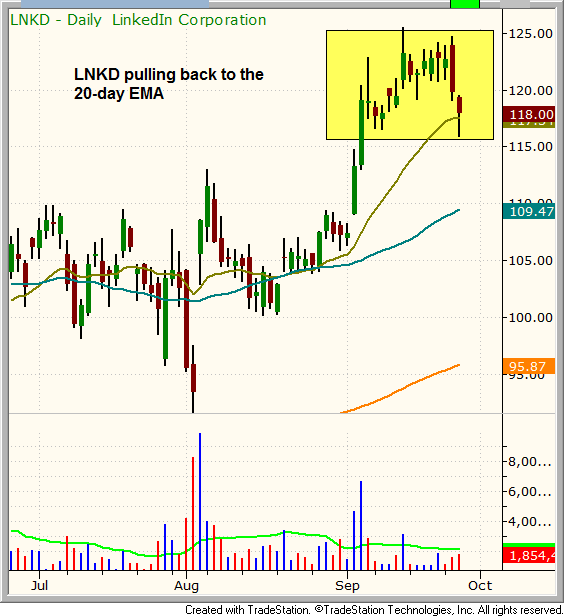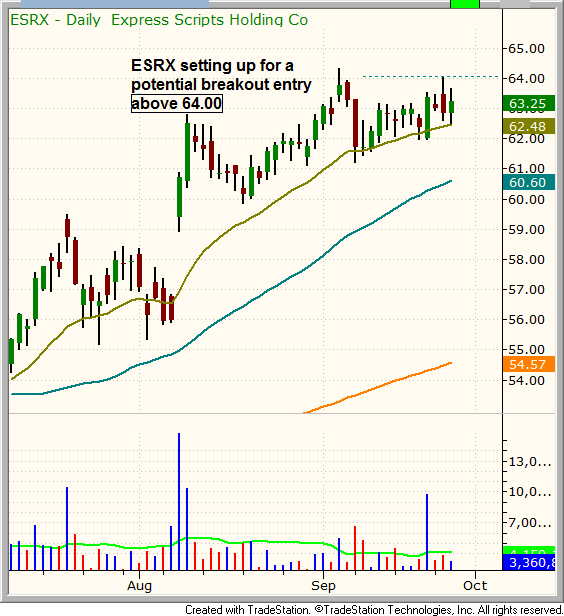The stock market’s pullback of the past two days has created plenty of doubt among traders as to whether or not the major indices will continue to trend higher throughout the rest of the year. But even though the S&P 500 and Nasdaq have suffered a few “distribution days” (higher volume selling), our market timing system remains on a “confirmed buy” signal. As such, we expect any pullback to be short-term and eventually lead to fresh buying opportunities with more positive reward-risk ratios for buy entry, at least at the present time.
Nevertheless, the key word for our style of money management is flexibility. We have no problem selling marginal winners/losers when the market begins to sell off, especially when our stock swing trades do not act as expected. We can always re-enter positions if they provide proper technical setups again, but our primary concern during market corrections is to control risk and reduce our long exposure so that we can think clearly.
Our overnight stock scans produced a handful of decent momentum swing trading setups that may trigger for buy entry within the next few days. The top stocks on our watchlist for potential buy entry in the coming days include the following tickers: $RGR, $ULTA, $BRLI, $ESRX, $PII, $MGAM, $BCOR, $ALNY, $ONXX, and $LNKD. Below are a few annotated charts of the setups that meet the technical criteria of our rule-based trading strategy:



The selling in the broad market over the past two days has pressured the individual stocks we are holding in our model trading portfolio, but the effect on the prices of our ETF trades has been more muted. For example, UNG (which we bought on September 25) has gained nearly 5% over the past two sessions, while the S&P, Nasdaq, and Dow have all moved substantially lower during the same period. This divergence is a good example and reminder of why we trade both individual stocks and ETFs.
In healthy, steadily uptrending markets, we frequently trade more stocks than ETFs because the greater volatility of leading stocks can provide us with a greater return on capital. However, when the stock market is trending lower, chopping around in a sideways range, or entering a possible correction mode, we usually shift our focus to ETFs because the plethora of commodity, currency, fixed income, and international ETFs can still provide us with profitable swing trading opportunities. This mixture of trading both stocks and ETFs in our swing trading newsletter, with the ratio dependent on market conditions, enables us to maintain a smooth equity curve and helps us to achieve consistent profits year after year, regardless of market trend.
